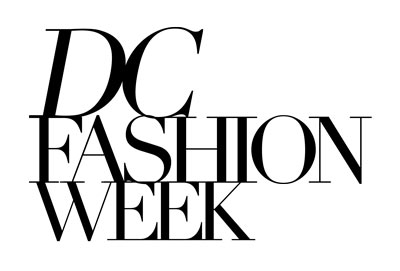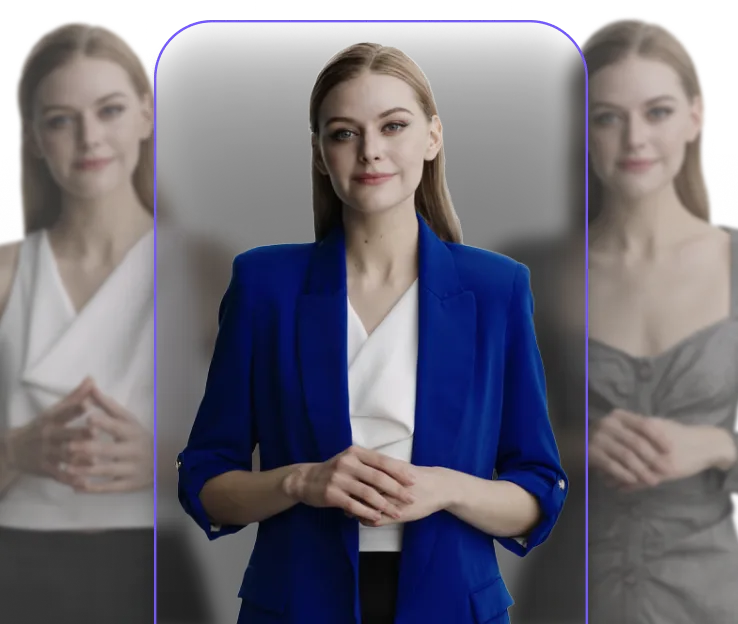The fashion industry has always been about reinvention, but the way brands connect with customers is evolving faster than ever. AI is no longer just a backend tool for supply chain logistics or inventory management—it’s becoming the secret weapon for brand storytelling, hyper-personalization, and global reach. For fashion brand owners, this shift isn’t just about keeping up; it’s about leading the charge.
Redefining Personalization
For years, fashion brands have relied on gut instinct, trend forecasting, and seasonal cycles to predict what will sell. Now, AI is making that process infinitely sharper. Instead of broad demographic assumptions, AI-powered analytics track real-time behavior, identifying what individual shoppers are drawn to and serving up personalized recommendations.
This level of precision doesn’t just boost sales—it builds loyalty. When a shopper sees a dress, handbag, or jacket that feels tailor-made for them, it shifts their relationship with a brand from transactional to emotional. They’re not just scrolling through options; they feel understood. AI-driven curation helps create that moment of connection, leading to higher conversion rates and repeat customers who actually feel seen.
Breaking Language Barriers and Expanding Global Reach
Fashion is universal, but language still holds many brands back from reaching international audiences. AI is eliminating that hurdle in ways that go far beyond simple subtitles. Video translation is changing how brands communicate, allowing them to share marketing campaigns, runway shows, and product launches in multiple languages with near-perfect accuracy.
This isn’t just about words—it’s about nuance. AI can analyze tone, emotion, and cultural context to ensure that the message resonates as intended. A campaign designed for an English-speaking audience can be adapted for Paris, Seoul, or São Paulo without losing its impact. In an industry where brand identity is everything, maintaining authenticity while speaking to a global audience is a game-changer.
The Tools That Keep Your Business Competitive
Keeping a fashion brand afloat has never been simple, but AI is making it far more efficient. Behind the scenes, automation is handling everything from predictive inventory management to supply chain optimization. Instead of relying on outdated sales projections, AI analyzes purchasing patterns, adjusts stock levels in real-time, and even predicts which products are likely to trend next season.
For smaller brands, this means streamlining your business and operating with the efficiency of a major fashion house—without the massive overhead. It cuts down on waste, reduces costly overproduction, and ensures that inventory meets demand without excess. AI-powered chatbots are also handling customer service, reducing response times, and freeing up human teams to focus on higher-level creative and strategic tasks.
The Future of Fashion Marketing
The most powerful marketing tool in fashion is no longer a celebrity endorsement or a splashy billboard—it’s an AI talking avatar. These hyper-realistic digital figures are redefining customer engagement, bringing a futuristic yet incredibly personal touch to online shopping.
Imagine a potential customer landing on your website and being greeted by a lifelike AI model that can answer questions, suggest outfits, and even showcase how certain fabrics move. These avatars aren’t just robotic assistants; they have realistic facial expressions, natural voice modulation, and the ability to adapt conversations based on shopper responses.
This technology is closing the gap between digital and in-store experiences. Shoppers no longer have to imagine how a dress will drape or how a fabric will feel—they can see it in action. Fashion brands are already using AI talking avatars to guide customers through virtual try-ons, provide styling tips, and create immersive online shopping experiences that feel more human than ever.
The Future of Fashion Campaigns
Fashion brands have always relied on creative visionaries to craft iconic campaigns. Now, AI is stepping into the creative space—not as a replacement, but as an enhancement. AI-powered design tools are helping brands generate campaign imagery, design virtual collections, and even produce editorial-style content that looks and feels as authentic as traditional fashion photography.
This isn’t about automation taking over—it’s about efficiency. A brand can test multiple campaign concepts at a fraction of the cost, experiment with different aesthetics, and refine visuals before launching a full-scale shoot. AI-generated content is already being used to create virtual models, design digital fashion shows, and enhance photo editing in ways that were once impossible.
The Bottom Line
AI isn’t just another tech trend—it’s actively shaping the future of fashion branding. Whether it’s creating hyper-personalized shopping experiences, breaking down language barriers, optimizing inventory, or redefining digital engagement, AI is allowing brands to operate with more precision, creativity, and efficiency than ever before. In an industry that thrives on innovation, the brands that embrace AI won’t just survive the next wave of change—they’ll lead it.

